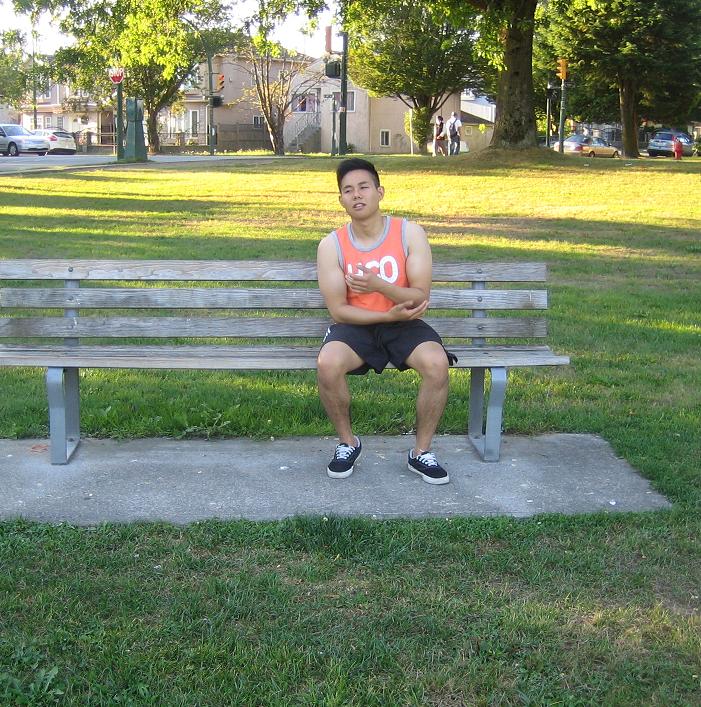Osteochondritis dissecans involves blood supply loss to a region of the cartilage inside the elbow joint. The precise cause of this condition is not known. It might be linked to repetitive trauma. It is also possible for a genetic component in which some are susceptible to develop the condition.
Osteochondritis often affects teenagers aged 10-18 and typically linked with certain sports including baseball and gymnastics. If the involved cartilage partly tears or remains in place, the pain is usually minor and healing can take place on its own.
In case the fragment completely tears, it might embed in the joint resulting to pain and loss of motion and function of the elbow. In such instances, surgery is required to reduce the pain and restore functionality of the arm.
Signs and symptoms
Some of the usual indications of osteochondritis dissecans include the following:
- Swollen elbow
- Pain when fully flexing or straightening the elbow
- Elbow catching and locking while flexing
- Popping or cracking noise during elbow movement
- Difficulty moving the elbow
- Elbow tenderness during movement
- Diminished range of motion in the elbow
Pain when fully flexing or straightening the elbow.
What are the causes of osteochondritis dissecans?
The condition typically occurs among adolescents particularly those who are active in high-impact sports such as gymnastics, football, baseball, tennis and weight-lifting.
It is also believed to be linked to recurrent force to the elbow joint in which over time slows down or disrupts with the flow of blood to the cartilage. In some cases, the individual is not aware that injury to the cartilage developed until the pain or loss of mobility occurs.
Management
- Adequate rest to the elbow joint
- Placing a splint or brace
- Physical therapy
- Cortisone injection
Is surgery needed?
Depending on the size and location of the cartilage affected, the fragment might be taken out from the elbow joint, reattached using screws or stitches or treated by drilling into the bone to stimulate growth of new cartilage. These are usually performed arthroscopically using small-sized incisions.
A brace is used by the individual for a few weeks after to provide support and comfort as well as allowing adequate healing time. In some cases, therapy is required to guarantee full recovery.


